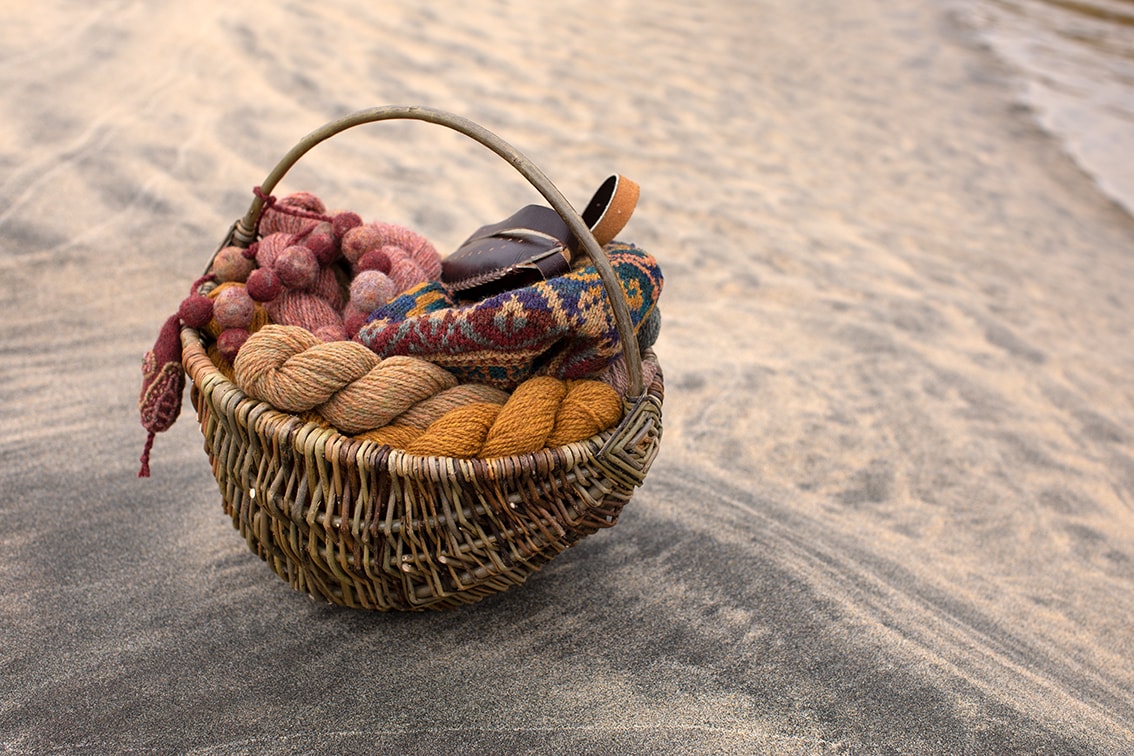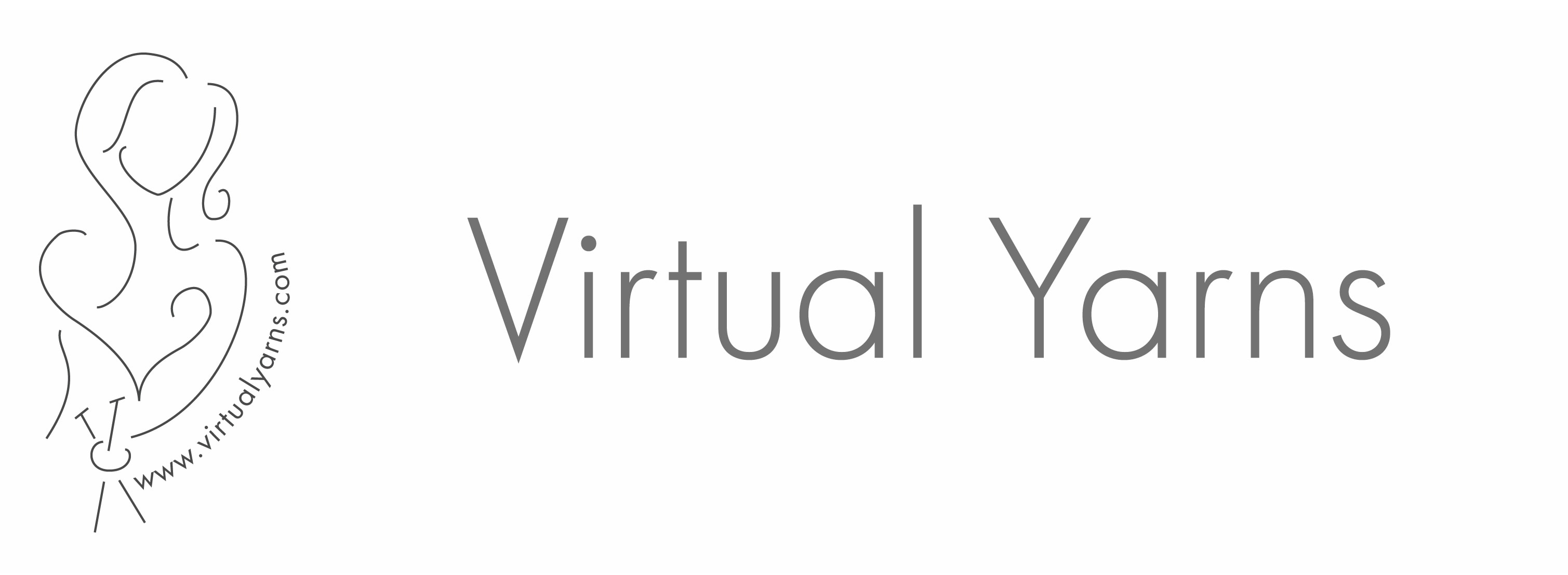
Tension Tutorials
Knitting tension means the number of stitches and rows to a given measurement using the specified yarn and needle size and working in the designated stitch pattern. All designs, and the instructions produced for making them, are based on the given tension using the specified yarn. It is therefore of fundamental importance to achieve the correct tension by making a swatch before embarking on the project. There are two reasons for this:
- To produce the exact size and proportions of the design.
- To produce the finished appearance and drape of the fabric.
Achieving the correct tension can be a source of great anxiety for many knitters. There can be many reasons for tension problems but the good news is that the solutions are straightforward. For example, changing up or down a needle size, or changing from plastic to metal needles may be all that is required. At the very most you may need to spend some time practising small alterations to your knitting technique. In the following videos I demonstrate how to achieve the correct tension on plain, textured and stranded knitting. I also hope that these videos will help dispel any anxiety as this in itself can be a significant cause of tension problems. Knitting should always be relaxing, painless and enjoyable.
Making a Basic Tension Swatch
In the audio below I explain the purpose of making a swatch before embarking on a project.
In the video above I demonstrate the following:
- Various ways of holding the yarn in the right hand.
- How I knit and purl a Stocking Stitch swatch and control the tension.
- How the stitches should look on the needle for a perfect and even tension.
- How to check that the tension is not too tight.
- How to tighten up the tension of the yarn as it comes through the hand if it is too loose.
I also compare the swatch I worked on the 3mm needles with another I made with the same yarn on the same number of stitches and rows, but worked on 4mm needles.
Making a Tension Swatch Matters
This brief video shows the two finished Stocking Stitch swatches made with the same yarn on the same number of stitches and rows. The only difference is that the swatch on the left was made on 3mm needles whilst the one on the right was made with 4mmm needles. The size difference is very obvious and the appearance and drape is also significantly different.
Troubleshooting
In the audio below I outline basic solutions for tension problems. If knitting causes strain or pain then it is worth examining and identifying the cause. It will be helpful to watch the video above where I cover the main cause of uneven and loose tension and how to fix it. I demonstrate this by holding the yarn in various ways in the right and left hand. Whichever method you use, you will be able to examine your own technique and if necessary make some adjustments.
Measuring Tension
Making a tension swatch is vital and measuring it accurately is equally so. Here I demonstrate how to measure the stitch and row tension so you can be certain that your results are correct.
Textured Knitting Tension
Many knitters experience tension problems when working textured patterns. Gaps between individual stitches are very unsightly and cause the pattern to lose definition. Using smaller needles makes matters worse, producing rigid and unsightly results. Here I demonstrate what causes this problem and show how to avoid it so that your textured patterns will be, soft, flexible and perfectly defined.
Stranded Knitting Tension
The audio below is a brief description of stranded knitting in which I explain the importance of tension when working this technique.
In the video I demonstrate how easy it is to ensure that you produce perfectly tensioned stranded knitting as you work.

